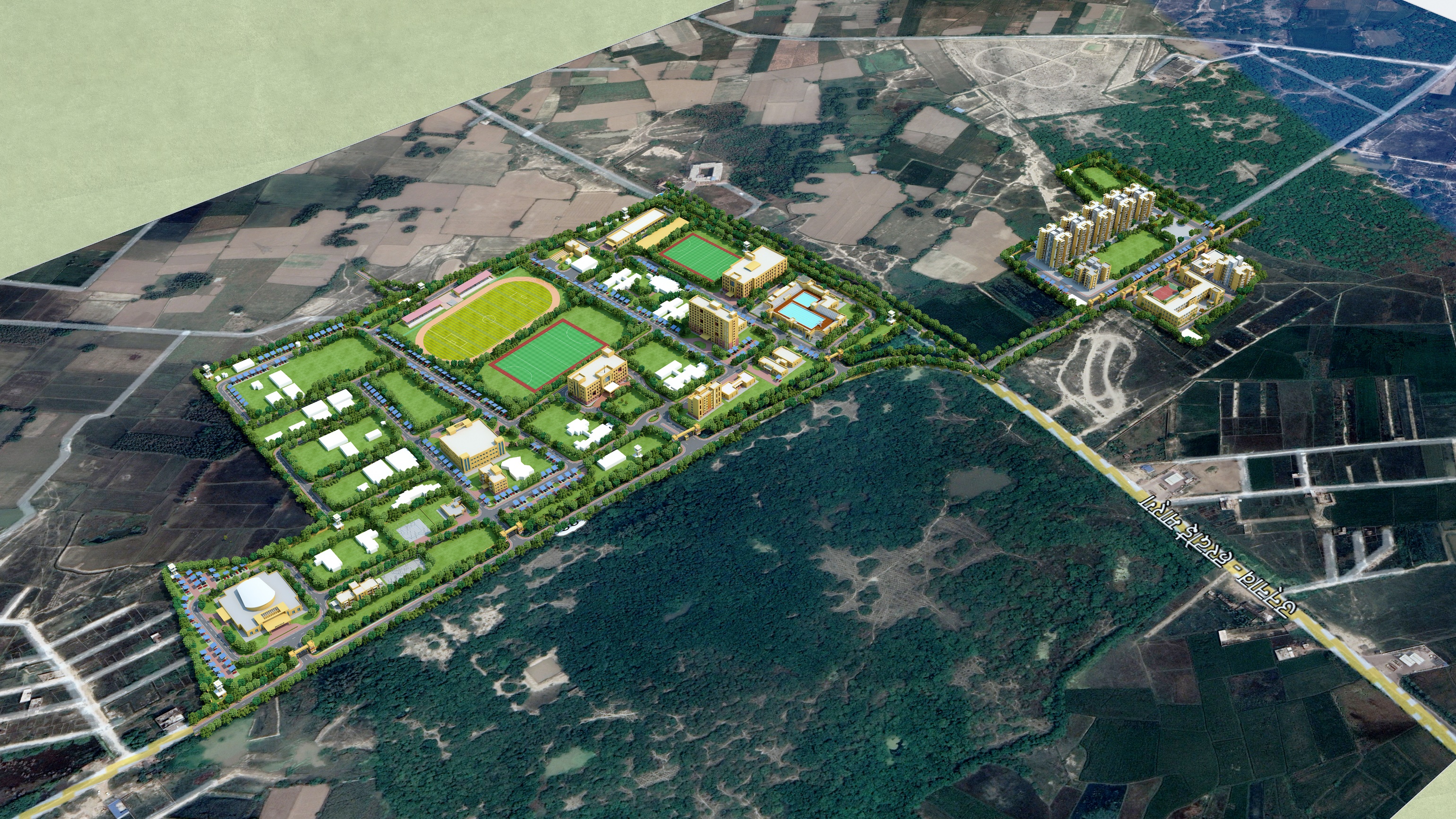
State Fire-fighting Training Institute
State Fire-fighting Training Institute
Project Facts
- Area: 65 Acres
- Budget: INR 250 Crore
- Project year: 2026
- Client: Department of Home
- Location: Unnao, Uttar Pradesj
Infrastructure Improvement: Enhancing the physical infrastructure of the institute to accommodate advanced training facilities, including modern fire simulation units, training grounds, classrooms equipped with the latest technology, and dormitories for trainees.
Curriculum Enhancement: Updating and expanding the training curriculum to include the latest techniques, technologies, and best practices in fire-fighting and rescue operations. This may involve incorporating modules on hazardous materials handling, urban search and rescue, and wildfire management.
Staff Training and Development: Providing training programs for instructors and staff to ensure they are up-to-date with the latest developments in fire-fighting techniques, safety protocols, and teaching methodologies.
Equipment Upgradation: Procuring state-of-the-art fire-fighting equipment and apparatuses to facilitate hands-on training for the students. This could include fire trucks, personal protective gear, breathing apparatus, and specialized tools for rescue operations.
Collaboration and Partnerships: Collaborating with national and international fire-fighting agencies, academic institutions, and industry partners to exchange knowledge, expertise, and resources. This could include organizing joint training exercises, workshops, and research projects.
Certification and Accreditation: Obtaining accreditation from relevant authorities to ensure that the institute meets recognized standards for fire-fighting training. This may involve aligning the training programs with national and international certification requirements.
Awareness and Outreach: Conducting outreach programs and awareness campaigns to educate the public about fire safety and prevention measures. This could involve organizing seminars, workshops, and community events.
Research and Development: Investing in research and development initiatives to innovate new technologies and strategies for fire-fighting and disaster management. This could involve setting up a dedicated research wing within the institute.